
Native to Central and South America, the passion flower is a gorgeous and Instagram-worthy plant that’s often grown in gardens. For gardeners who are low on outdoor space or live in an area too cold for these tropical plants, then growing passion flower indoors is a must! The beautiful flowers are easy to care for, even indoors, and make great additions to both homes and greenhouses. If you’re wondering how to maintain a passion flower indoors, keep reading ahead to find out!
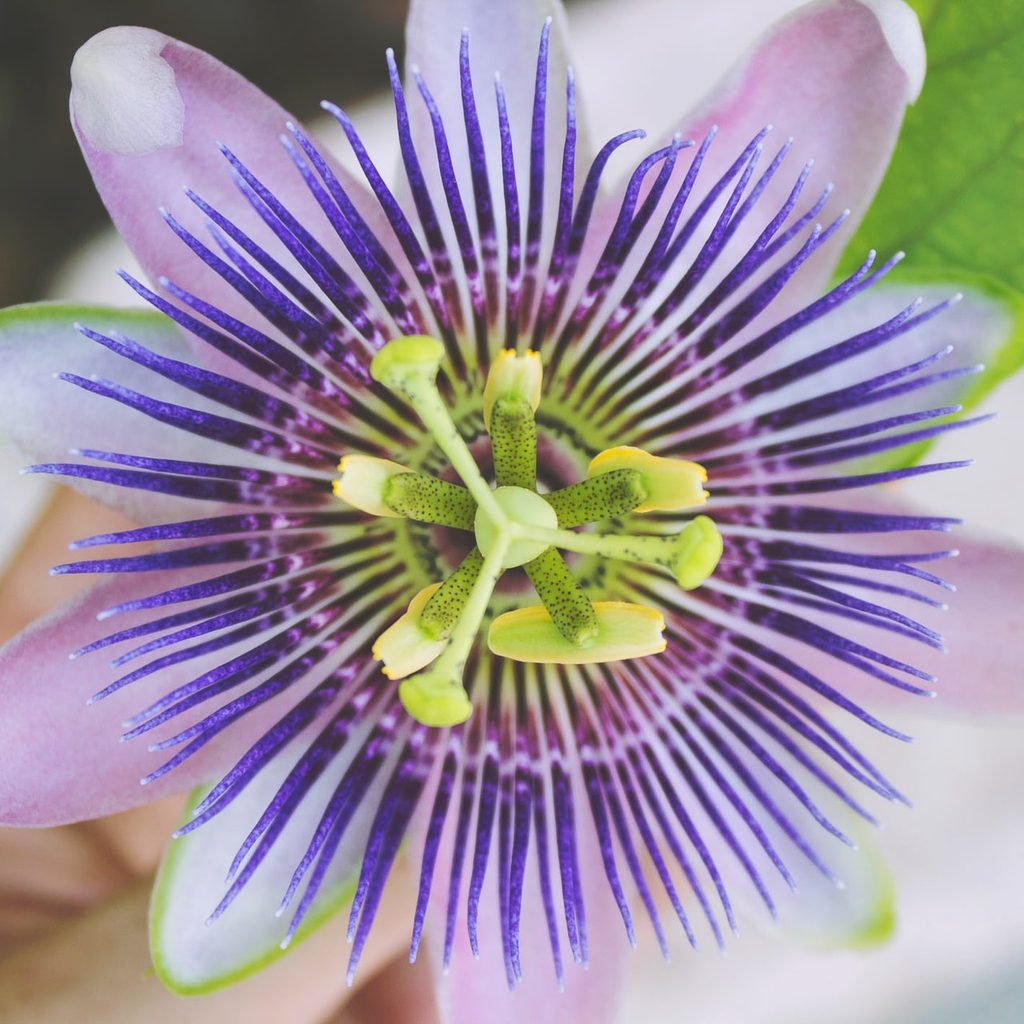
Why you would want to grow a passion flower plant
The passion flower has been used in both edible and topical products and ailments. Its health effects haven’t been researched extensively, but the passion flower and its fruit have long been promoted for helping with anxiety and sleep problems in addition to soothing pain and skin irritation. Beyond its potential benefits, the passion flower is also a gorgeous climbing vine. It consists of wiry stems with dark green leaves that fan out and short-stalked flowers with a saucer shape and oval buds. Each fragrant flower has five to 10 petals surrounding colorful filaments and golden anthers — the varieties differ mostly by color, though you’ll most commonly find these plants in shades of purple and blue. Outdoor passion flowers yield two-inch orange fruit, but indoor plants seldom produce fruit.
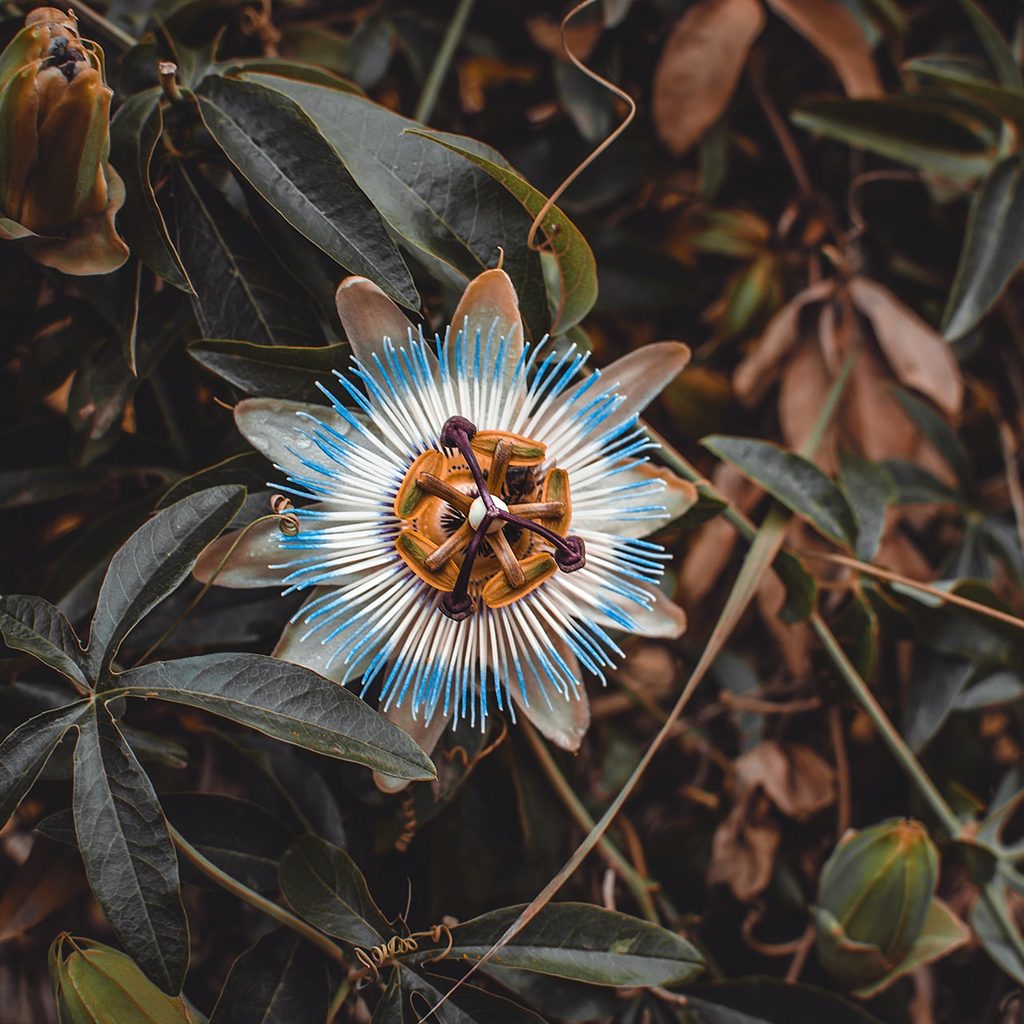
How to grow a passion flower indoors
Maintaining a passion flower in a container indoors can take extra work, and you’ll want to be diligent about watering and feeding your plant. That said, it’s possible to nourish a thriving passion flower inside your home by following the tips below!
- Light: Passion flowers grow best in bright light. Give your plant at least four hours of direct sunlight per day. Alternatively, keep your plant under a grow light for around 12 hours a day if you don’t get enough natural light in your home.
- Temperature: Passion flowers appreciate warmth during the growing season, but they need a winter cooling period of around 50 degrees Fahrenheit to flower during the growing season. Some varieties are hardy down to 20 degrees, but these plants do best in temperatures between 65 and 80 degrees.
- Soil: Place passion flowers in a well-draining potting mix. They’ll also appreciate spacious containers so that their roots can spread out.
- Water: Keep passion flowers thoroughly moist during the growing season, but don’t let them sit in water. Even during the winter, you want to prevent the soil from drying out completely. Moist air is also a plus — passion flower plants appreciate high humidity levels. If you use a heater or an air conditioner, you’ll want to use a humidifier or keep your plant near a tray of water.
- Fertilizer: During the spring and summer, feed your plant a balanced, diluted liquid fertilizer at half strength every month.
- Prune: Passion flowers are prolific growers, so don’t hesitate to cut them back. You can prune your plant back to its strongest vines during early spring — this is an opportunity to remove damaged leaves and promote bushier growth. Keep the remaining vines between 15 to 20 inches long and make sure not to remove any flower buds while you’re at it.
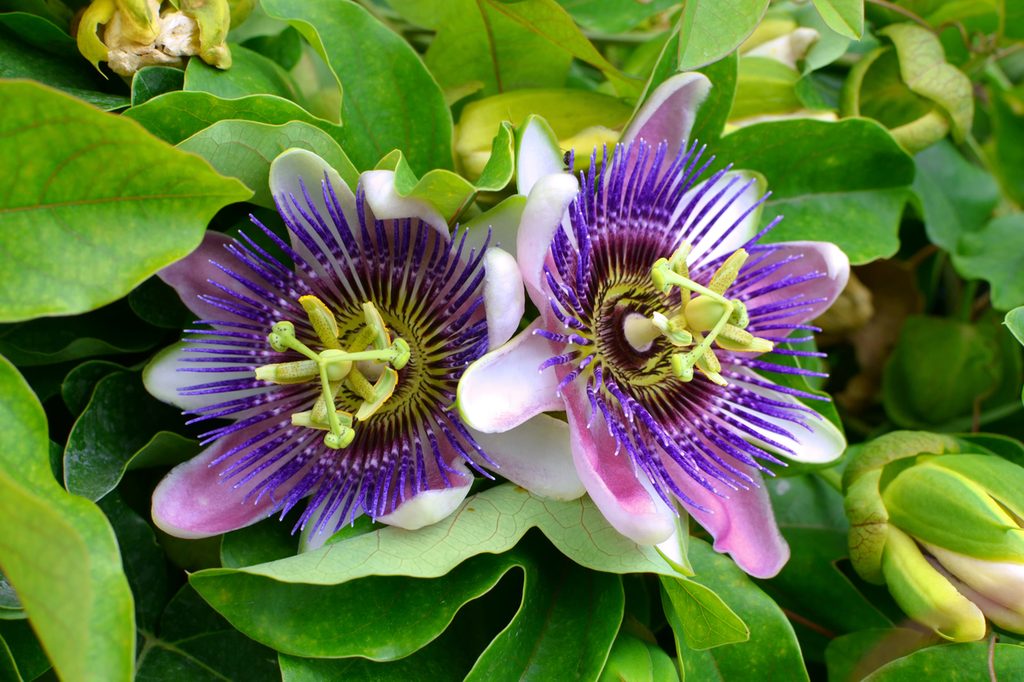
How to propagate a passion flower
The best time to propagate a passion flower is during the spring or summer. Take a 3- to 4-inch stem cutting and remove the lower leaves to expose the nodes. You can choose to dip your cuttings in a rooting hormone, but it’s not necessary. Place the cutting in a potting mix and keep your pot in a warm and bright environment; the roots should form roughly one month later. Alternatively, you can also grow passion flower plants from seeds. After soaking the seeds, place them in a moistened potting mix and give them plenty of bright light so they can germinate and sprout. This method, however, will require more time and may not be as successful.
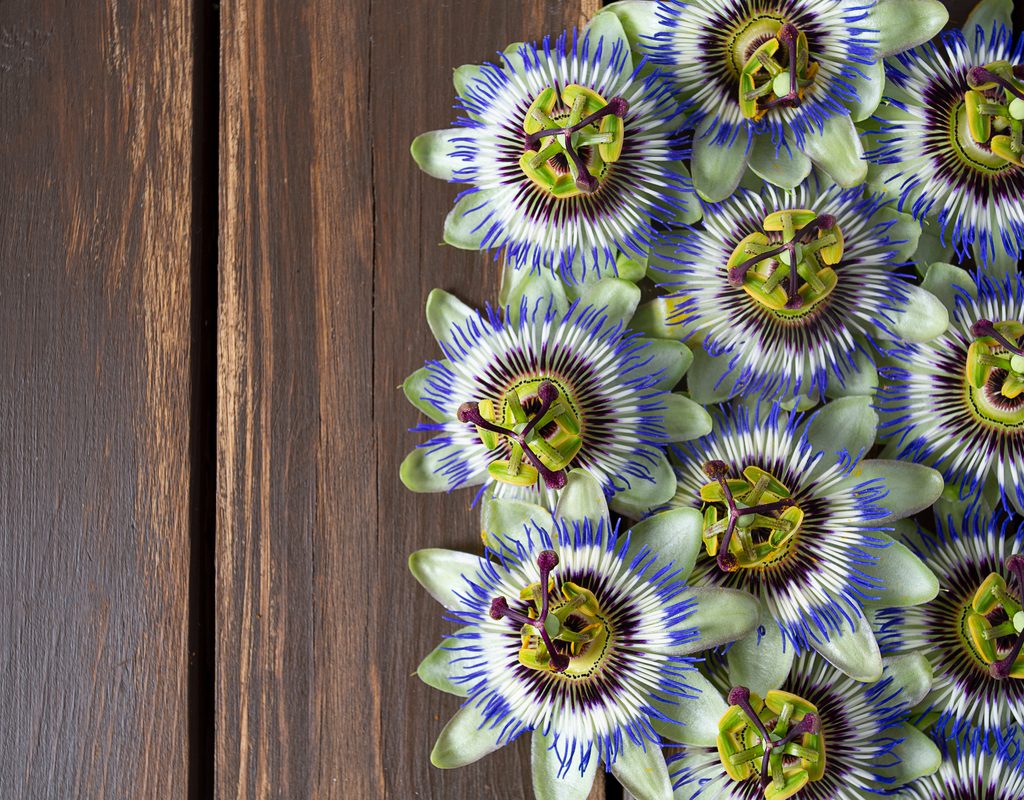
How to train passion flower plants
In tropical rainforests, passion flower plants cling to tree trunks with their tendrils. When you keep passion flowers as houseplants, add thin supports that the tendrils can cling onto. Guide young plants with wire hoops or a trellis for an attractive display in your home. It’s best to start with a young plant and to go tendril by tendril at the beginning.
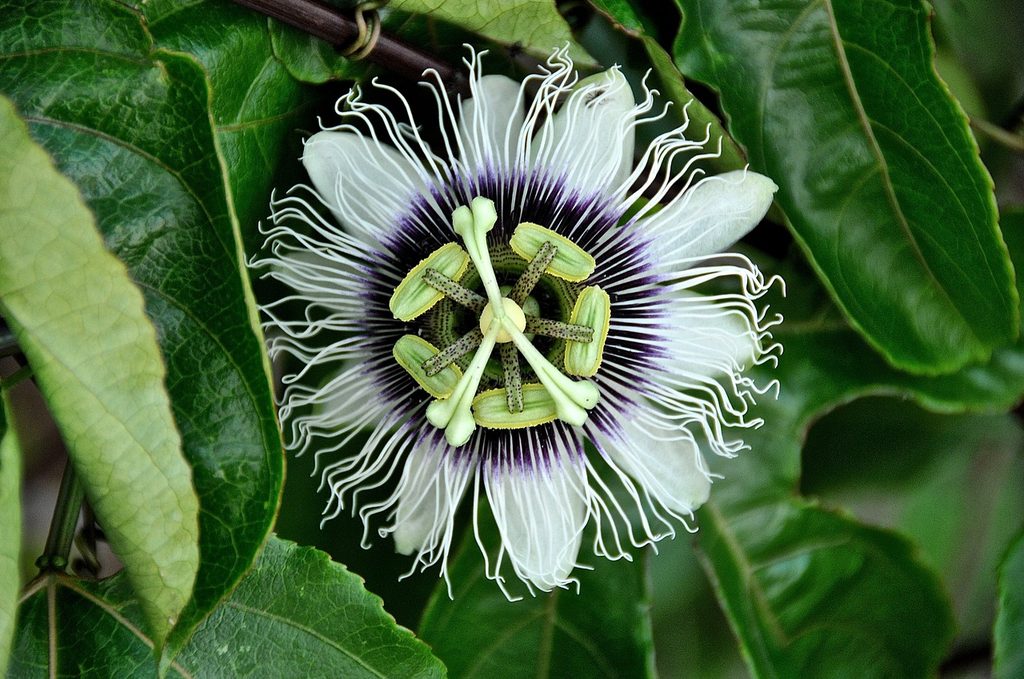
Common problems when growing passion flowers
Just like any other plant, there are a few common problems you should be on the look out for. The most common problems come from a lack of light or warmth. Passion flowers are tropical plants, so they will suffer stunted growth, small or sparse blooms, and a generally weak or wilted appearance if they are in a cold or dark environment. They are also prone to fungal diseases such as root rot and leaf spot. Make sure to use well-draining potting soil for your plant and avoid getting the leaves wet when watering it.
While indoor plants are typically less likely to see pest infestations, you should still be aware that mites and scale insects can cause problems for passion flowers. If you are growing your passion flower outdoors and only bringing it in during the winter then inspect your plant thoroughly before moving it indoors. Keeping your plant healthy will keep the worst pest damage at bay, but pay extra attention to the humidity and air flow around your plant. Small pests like mites thrive in dry, stagnant environments, while passion flowers prefer humid areas with decent airflow.
With beautiful blooms and foliage that can climb, passion flowers make desirable plants out in the garden and inside the home. Even when kept indoors as houseplants, passion flowers can be prolific growers. With bright light, ample watering, and sufficient space, you can train a lush and quick-growing plant inside your home!


